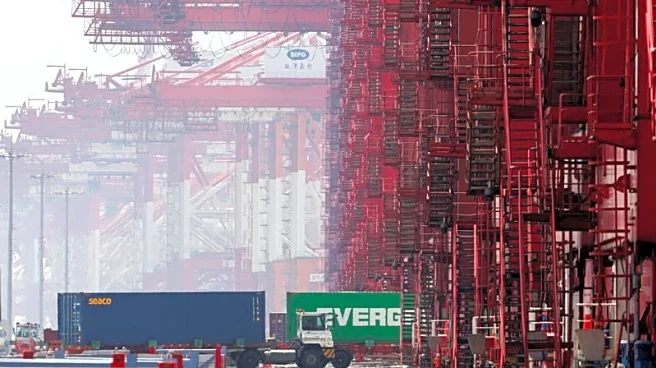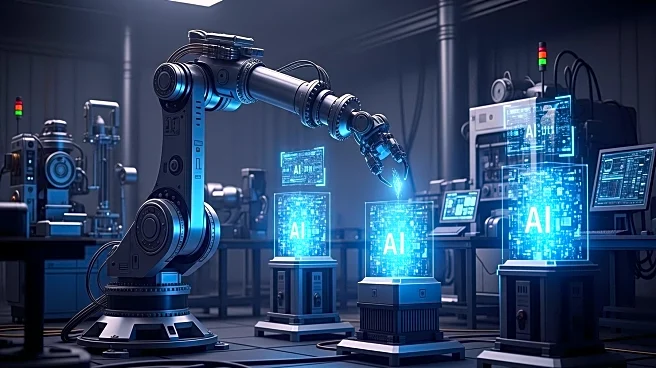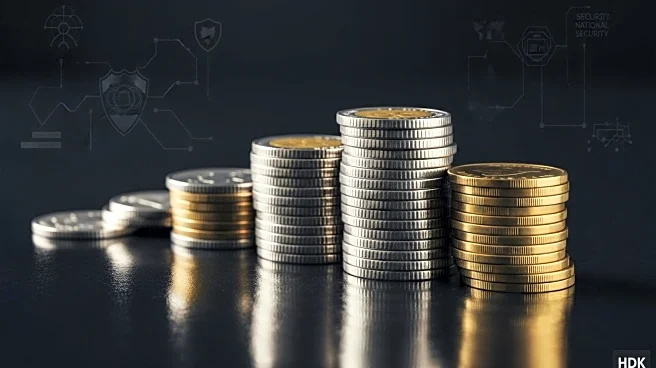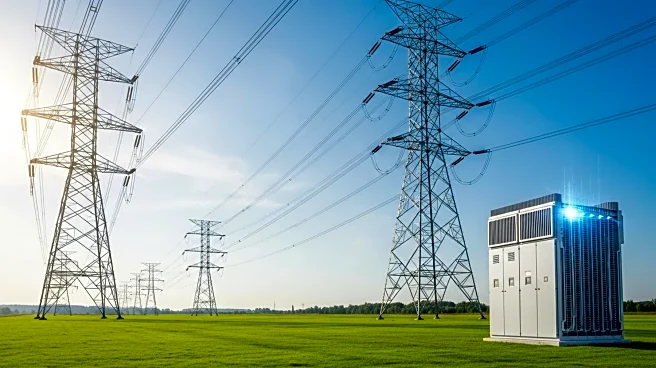What is the story about?
What's Happening?
The American Society of Civil Engineers (ASCE) and the American Association of Port Authorities (AAPA) are emphasizing the need for sustained investment in U.S. port infrastructure. Ports contribute nearly $3 trillion to the U.S. GDP and support 22 million jobs, serving as critical components of the nation's freight transportation networks. Despite recent federal investments through the Infrastructure Investment and Jobs Act, which allocated $450 million annually to the Port Infrastructure Development Program (PIDP), ports face challenges such as finding qualified workers and adapting to extreme weather conditions. The ASCE's latest Report Card for America's Infrastructure awarded ports a 'B' grade, reflecting improvements but also highlighting ongoing needs. The PIDP is oversubscribed, with ports applying for more funding than available, indicating a significant gap in infrastructure needs estimated at $38 billion through 2033.
Why It's Important?
The call for continued investment in port infrastructure is crucial for maintaining the efficiency and resilience of the U.S. supply chain. Ports are vital for economic activity, and their ability to handle disruptions, such as those caused by natural disasters or infrastructure failures, directly impacts trade and commerce. The emphasis on revitalizing the maritime industrial base aligns with President Trump's focus on infrastructure development. Ensuring adequate funding for ports can enhance their capacity to support large cargo ships and improve energy efficiency through innovations like equipment electrification. The federal government's role in tapping into existing resources, such as the Harbor Maintenance Trust Fund, is essential for meeting maintenance needs and supporting long-term economic growth.
What's Next?
Congress and the Trump Administration are urged to maintain funding levels for the PIDP and increase allocations from the Harbor Maintenance Trust Fund to achieve full drawdown, as promised in the Water Resources Development Act of 2020. This would involve gradually increasing allocations each year to meet the nation's harbor maintenance needs. Ports are expected to continue investing in capacity enhancements, such as crane upgrades, to better accommodate large cargo ships. The integration of new technologies and better planning practices will be necessary to address ongoing challenges and ensure ports remain competitive and efficient.
Beyond the Headlines
The broader implications of sustained port infrastructure investment include potential shifts in energy use practices, with a focus on cleaner and more efficient technologies. The adaptation to extreme weather conditions and sea level rise will require innovative solutions to ensure the resilience of port operations. The emphasis on training programs to find qualified workers highlights the need for workforce development in the maritime sector. These efforts contribute to the long-term sustainability and effectiveness of U.S. ports as key components of the national and global economies.
AI Generated Content
Do you find this article useful?













